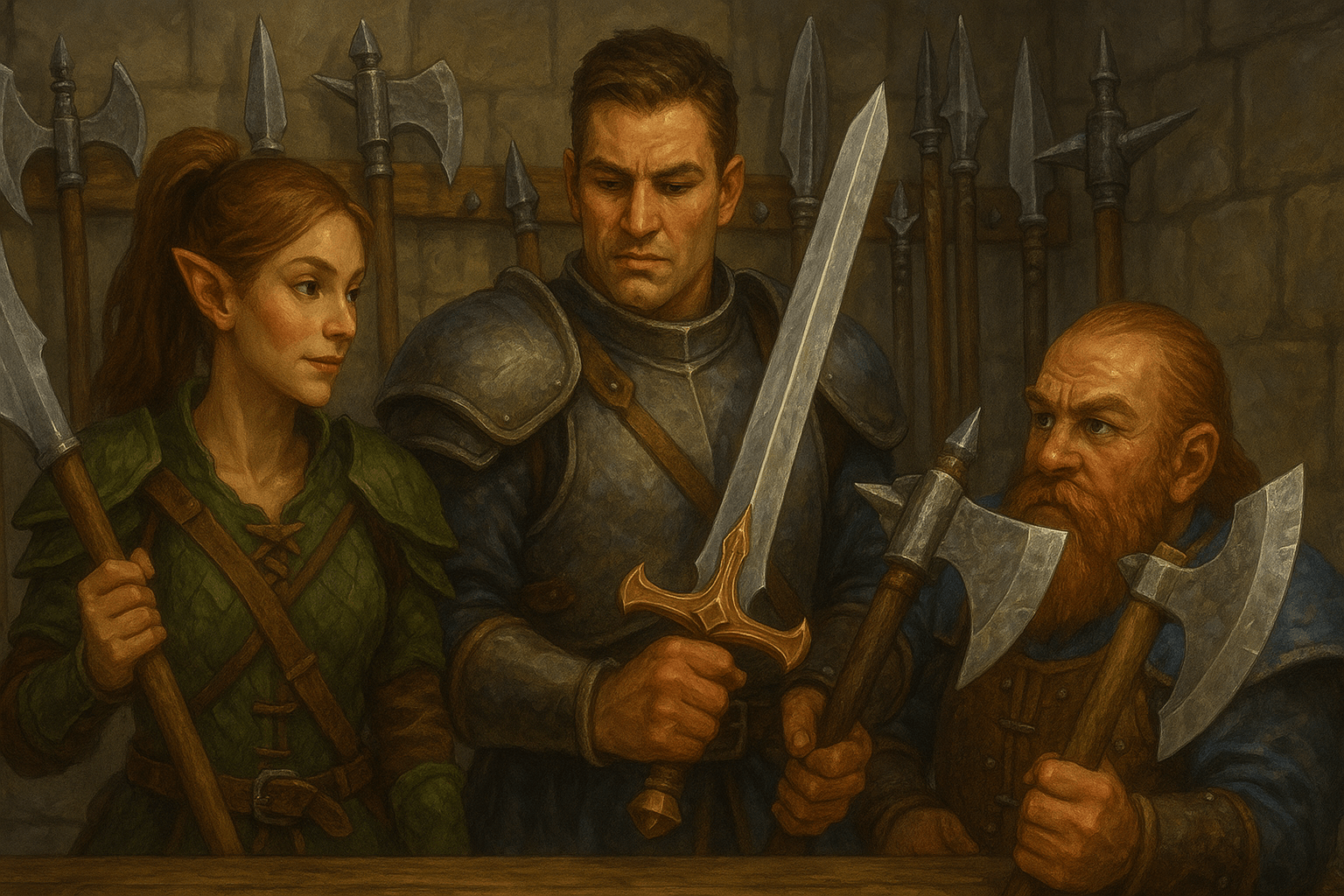
D&D Weapons 5e Guide: Choose the Right Weapon for Your Character

When it comes to adventuring in Dungeons & Dragons 5e, your weapon is more than just a tool. It is part of your identity. Whether you are a raging barbarian swinging a greataxe, a nimble rogue with daggers tucked into every belt, or a cleric holding a sturdy mace, the weapon you choose helps shape how your character fights and survives. Picking the right weapon is about more than numbers on a page. It is about how your hero feels at the table, how they contribute to combat, and how they interact with the world.
This guide to D&D weapons 5e will cover the types of weapons available, how they work, what special properties mean, and how to choose one that matches your class and playstyle. Along the way, we will explore both the strategy and the flavor behind different choices, so you can step into battle ready for anything.
What Are Weapons in D&D 5e?
In D&D 5e, weapons are categorized into two main types:
- Simple weapons – Easy to use, available to most classes
- Martial weapons – Require training, often deal more damage or have special features
Each weapon has key stats that affect gameplay:
- Damage dice (e.g., 1d8)
- Damage type (bludgeoning, piercing, slashing)
- Properties (like finesse, versatile, or heavy)
Your proficiency with a weapon determines whether you add your Proficiency Bonus to attack rolls. Using weapons you're not proficient with? You’ll struggle to hit.
Weapon Categories and Examples
Here’s a breakdown of the main weapon categories in D&D weapons 5e.
Simple Melee Weapons
| Weapon | Damage | Properties |
| Club | 1d4 | Light |
| Dagger | 1d4 | Finesse, light, thrown |
| Greatclub | 1d8 | Two-handed |
| Mace | 1d6 | — |
| Quarterstaff | 1d6 | Versatile (1d8) |
Best For: Clerics, druids, warlocks, and casters who may not rely on weapons but need a basic melee option.
Simple Ranged Weapons
| Weapon | Damage | Properties |
| Light crossbow | 1d8 | Loading, two-handed |
| Shortbow | 1d6 | Two-handed |
| Sling | 1d4 | Ammunition |
Best For: Casters or lightly armored characters who want to attack from a distance.
Martial Melee Weapons
| Weapon | Damage | Properties |
| Longsword | 1d8 | Versatile (1d10) |
| Greatsword | 2d6 | Heavy, two-handed |
| Rapier | 1d8 | Finesse |
| Battleaxe | 1d8 | Versatile (1d10) |
| Warhammer | 1d8 | Versatile (1d10) |
Best For: Fighters, paladins, barbarians—anyone looking for heavy-hitting melee options.
Martial Ranged Weapons
| Weapon | Damage | Properties |
| Longbow | 1d8 | Ammunition, two-handed |
| Heavy crossbow | 1d10 | Heavy, loading, two-handed |
| Hand crossbow | 1d6 | Light, loading |
Best For: Rangers, rogues, fighters—especially those focusing on Dexterity-based combat.
Weapon Properties Explained
Understanding weapon properties in D&D 5e helps you use your gear to full advantage.
- Finesse: Use Dexterity instead of Strength for attacks and damage (e.g., rapier, dagger).
- Versatile: Can be wielded one- or two-handed for different damage (e.g., longsword).
- Light: Good for dual-wielding (e.g., scimitar, shortsword).
- Heavy: Not suitable for Small creatures; greatswords, mauls.
- Reach: Adds 5 feet to your melee range (e.g., whip, glaive).
- Thrown: Can be thrown (range in parentheses), like javelins or handaxes.
- Loading: Slows down attacks; usually for crossbows.
- Two-Handed: Requires both hands to wield (e.g., greatsword, longbow).
Best Weapons by Class
Fighter
Fighters have access to all weapons, making them one of the most flexible classes. Popular choices include:
- Greatsword for high damage
- Longsword + Shield for defense
- Polearms with reach and opportunity attack synergy
Rogue
Rogues benefit from finesse weapons that trigger Sneak Attack:
- Rapier for single-weapon finesse
- Shortsword or dagger for dual-wielding
Barbarian
Barbarians favor weapons with high base damage:
- Greataxe (1d12) synergizes with Brutal Critical
- Maul or greatsword for consistent 2d6 damage
Ranger
Rangers often use:
- Longbow for ranged attacks
- Two shortswords or scimitars for dual-wield builds
Paladin
Paladins tend to balance defense and offense:
- Warhammer or longsword + shield
- Greatsword for smite-heavy builds
Magic Weapons and Weapon Upgrades
Once your campaign reaches mid-levels, you may come across magic weapons. These often grant:
- +1 to +3 to attack and damage rolls
- Extra damage types (fire, necrotic, radiant)
- Unique abilities (Sunblade, Vorpal Sword, Flame Tongue)
Keep an eye out for class-specific weapons too—like a Pact Weapon for Warlocks or Hexblade’s Curse-enhanced weapons.
Optimizing Weapon Selection
Here are a few practical tips to pick the right weapon:
- Check your class proficiencies. Don’t grab a glaive if you can’t hit with it!
- Play to your stats. High Dexterity? Use finesse weapons. High Strength? Go big with heavy hitters.
- Use magic weapons when you can—mundane gear won’t cut it forever.
- Think about combat flow. Do you need reach, versatility, or one-shot damage?
Homebrew and Exotic Weapons
Some tables allow homebrew or exotic weapons like whips with extra effects, firearms, or cultural weapons (e.g., katanas or chakrams). Check with your DM before building around one!
You can also reskin standard weapons for flavor without changing stats. A longsword could be a hooked blade or bone axe, as long as the numbers stay the same.
Dice and Flavor at the Table
Weapons are not just about stats. They are about how you feel when you roll. Many players match their weapons with their DnD dice sets to create a more immersive table experience.
- A rogue rolling Sneak Attack damage with a set of sharp-edged resin dice feels quick and precise.
- A barbarian swinging a greataxe might love the weight of metal dice that hit the table as hard as their character hits in battle.
- Casters who keep a dagger at their side often enjoy the shimmer of gemstone dice, which feel arcane and mysterious.
At Runic Dice, players often choose dice that fit both their class and their weapon of choice. Matching the theme of your gear with the look and feel of your dice can add flavor to your campaign, making every attack roll feel special.
Conclusion: Gear Up for Glory
Choosing the right weapon in D&D 5e is more than picking a sword or bow. It is about expressing your character’s personality, playing to their strengths, and making every combat encounter exciting. From daggers in the dark to glowing greatswords, weapons help shape both story and strategy.
Pair your weapon choice with the right dice set, and you will not just play the game, you will live it at the table. Whether you are swinging a greataxe with metal dice, striking with a rapier alongside a resin dice set, or channeling holy power with gemstone dice, your rolls become part of your character’s legend.
So grab your weapon, pick your dice, and get ready for adventure.
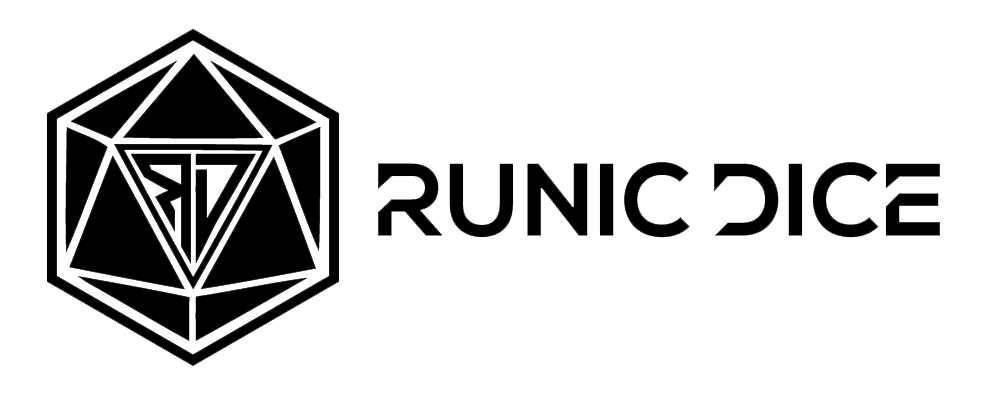



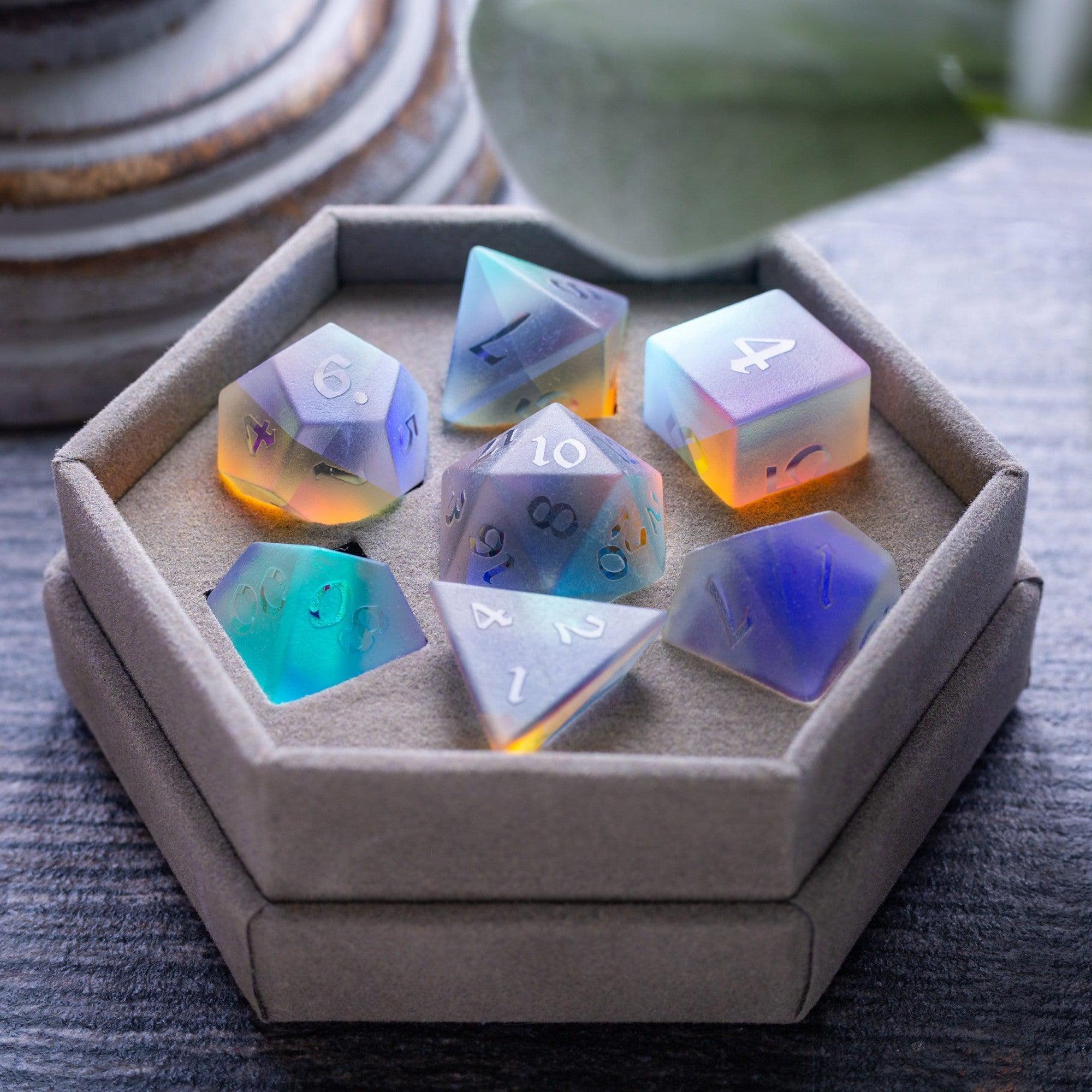
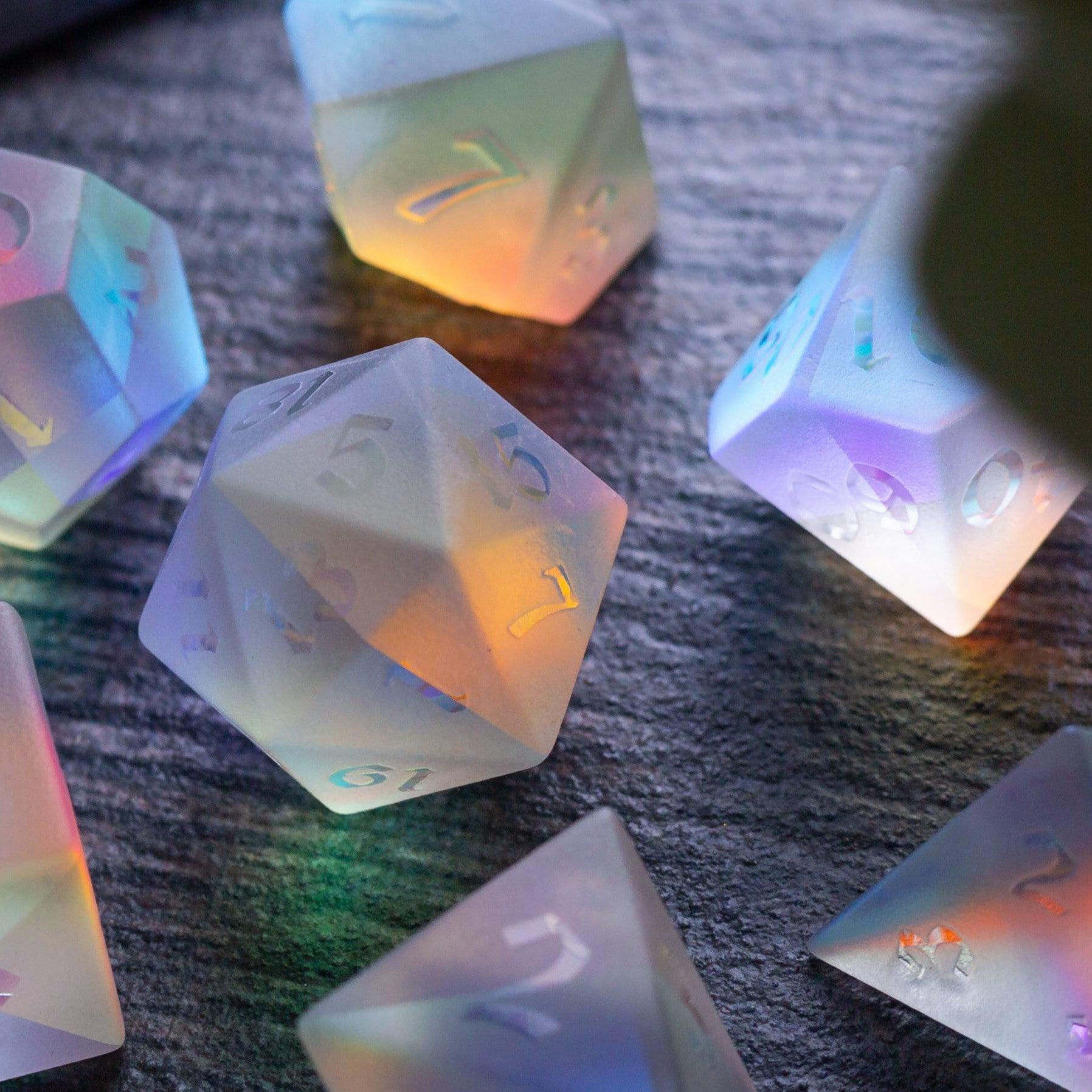
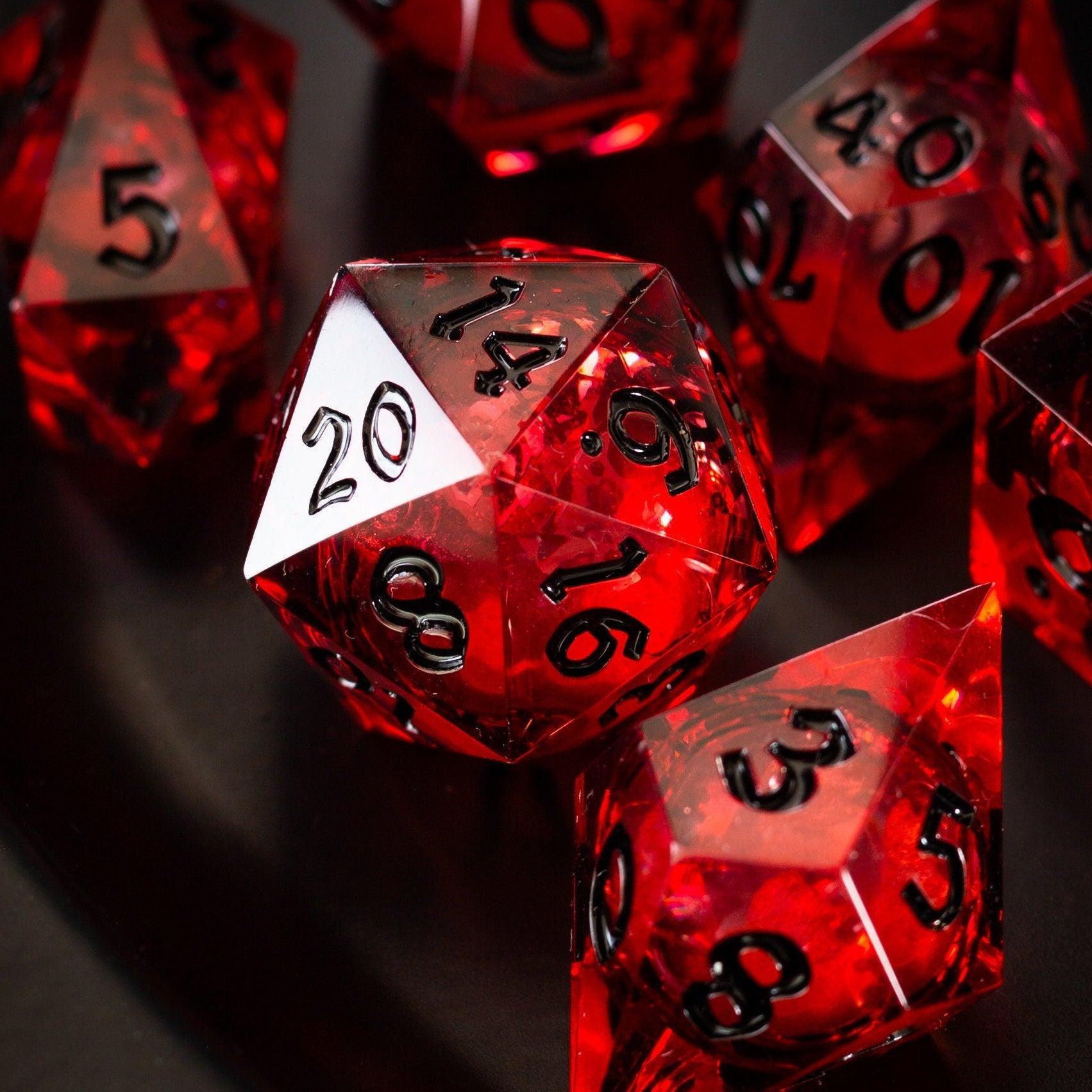
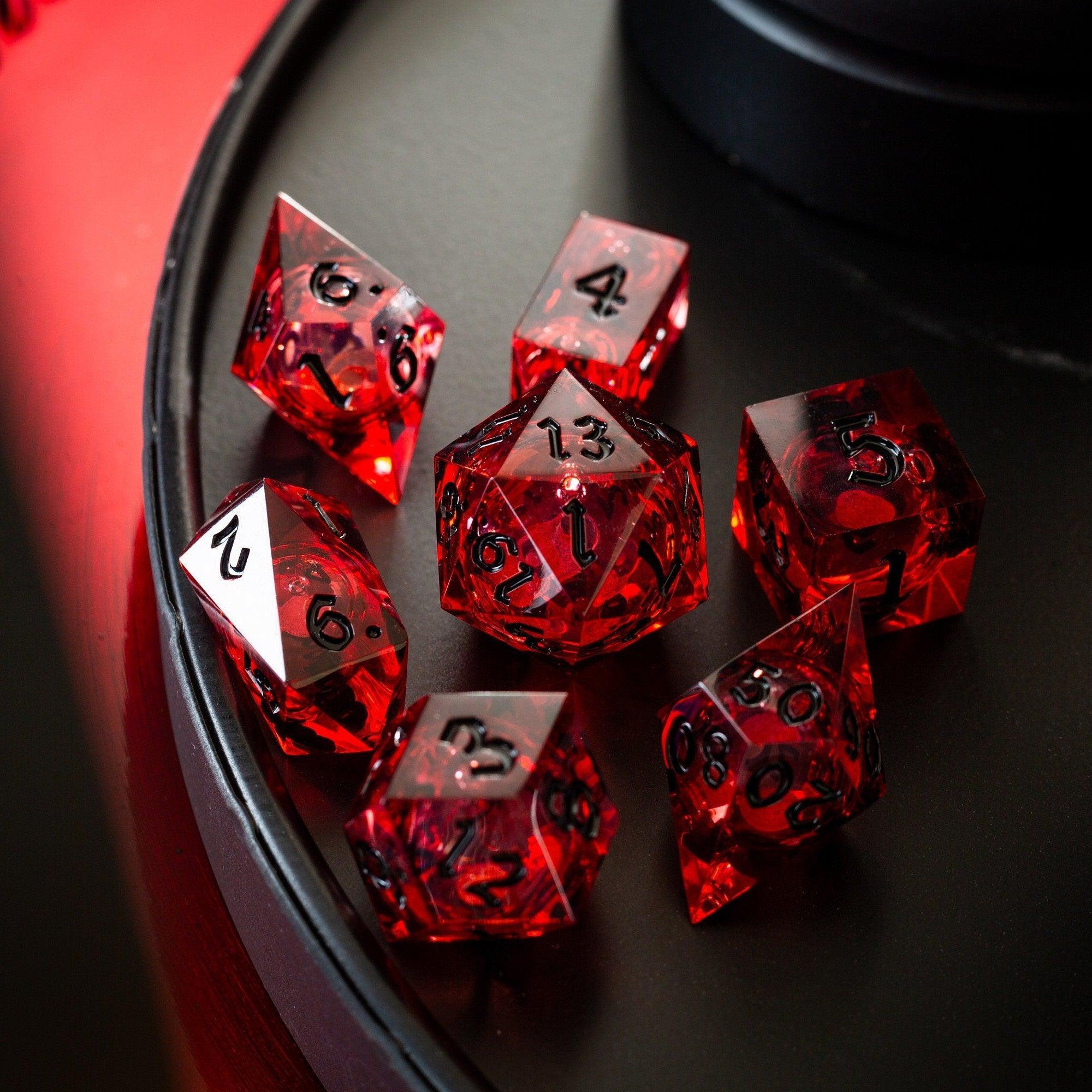
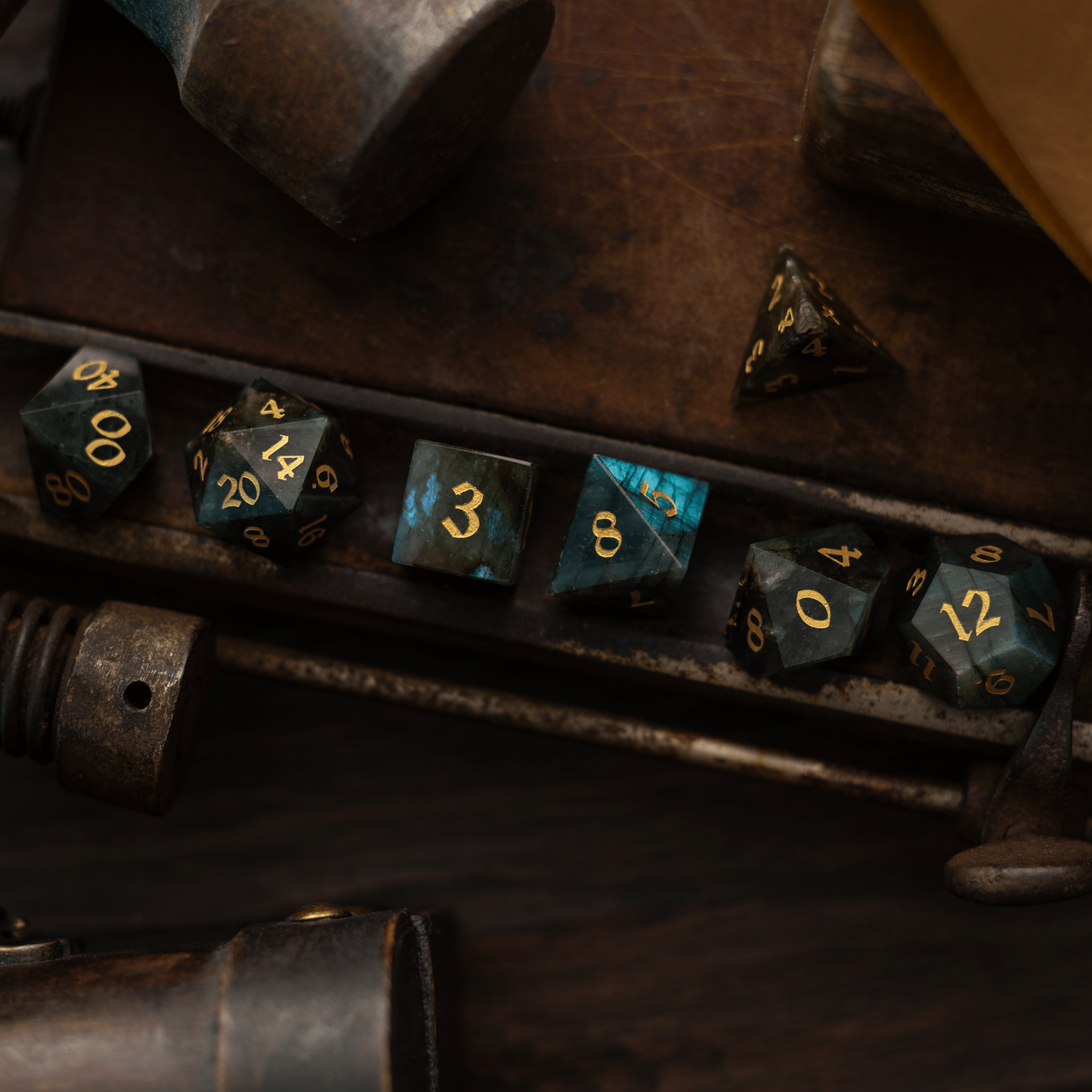
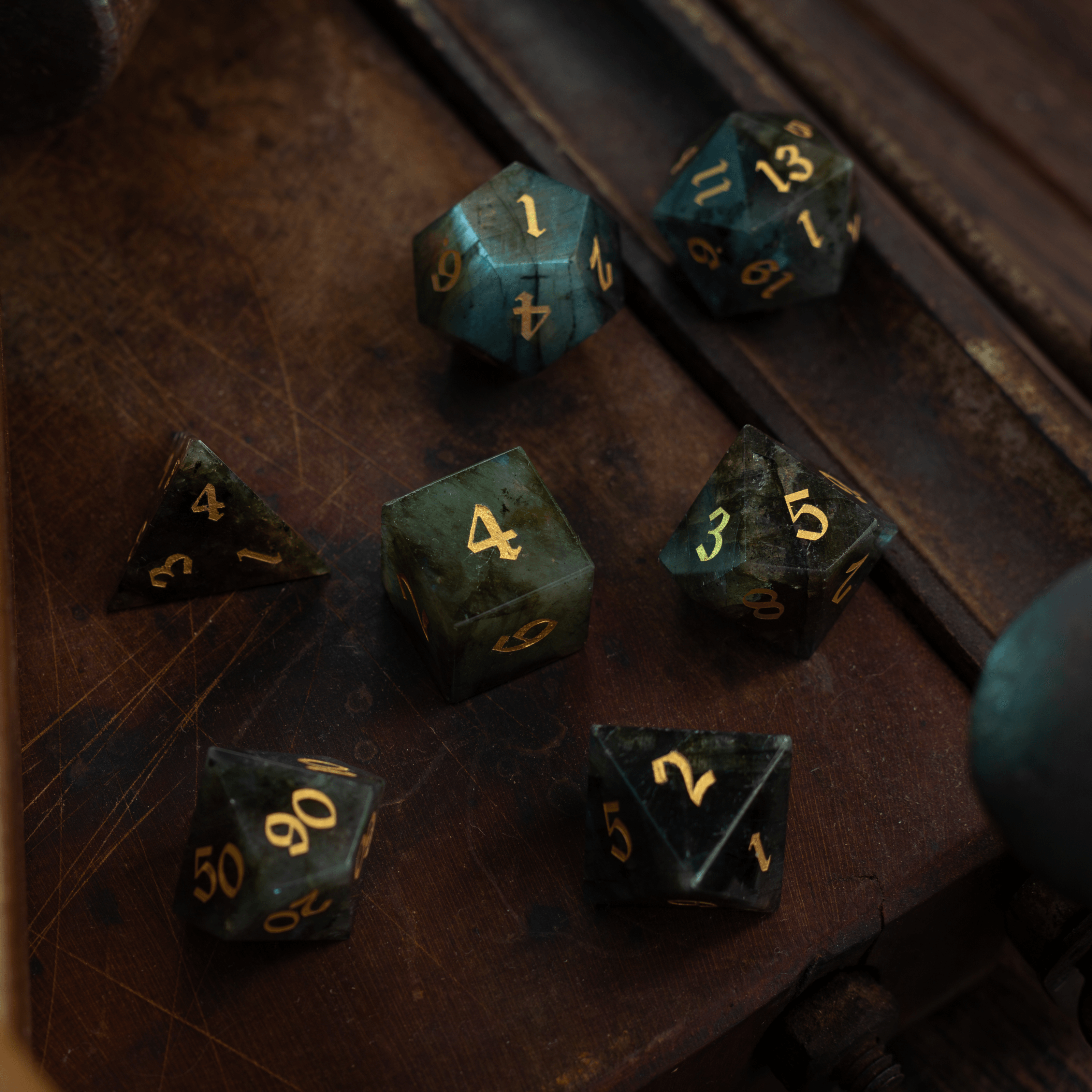
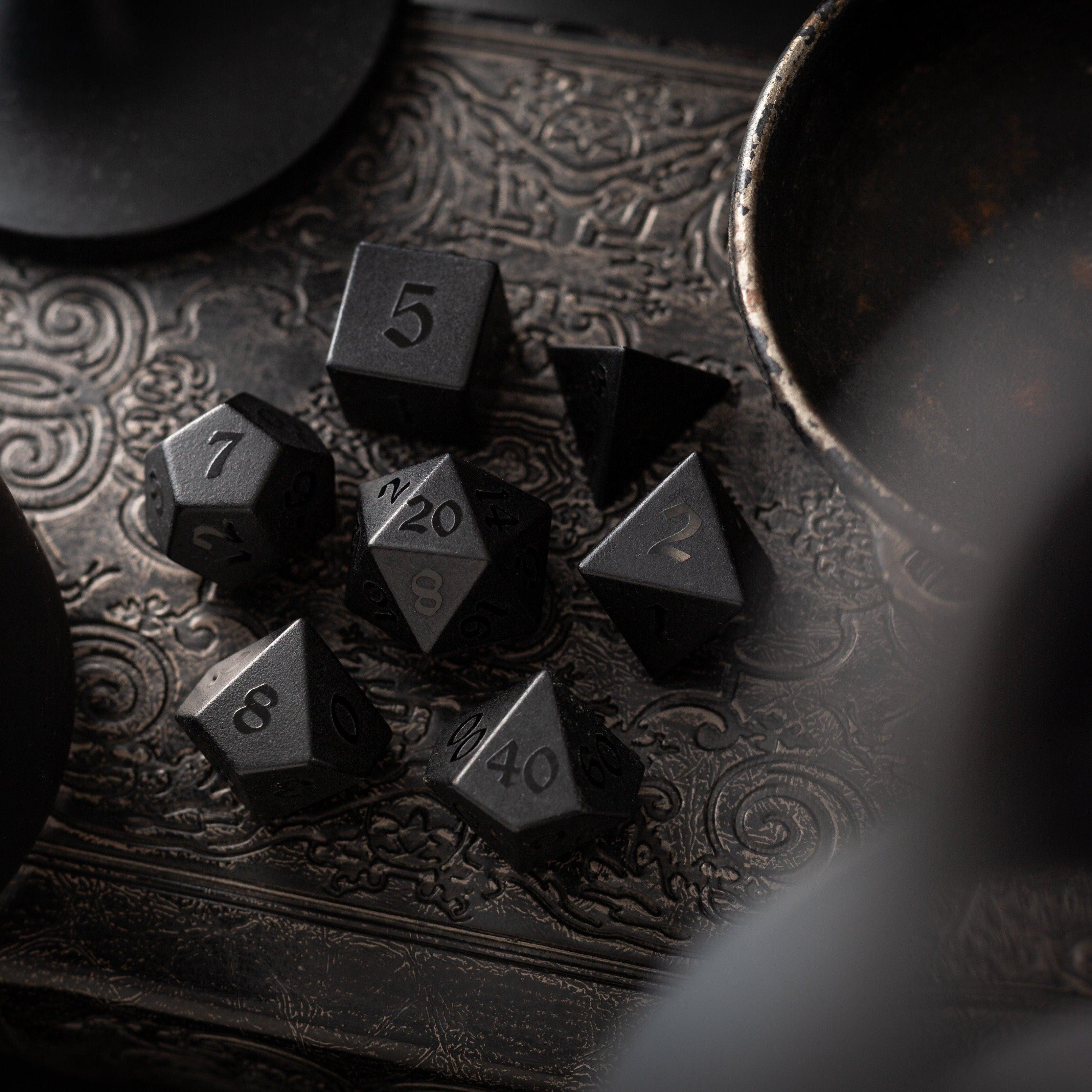
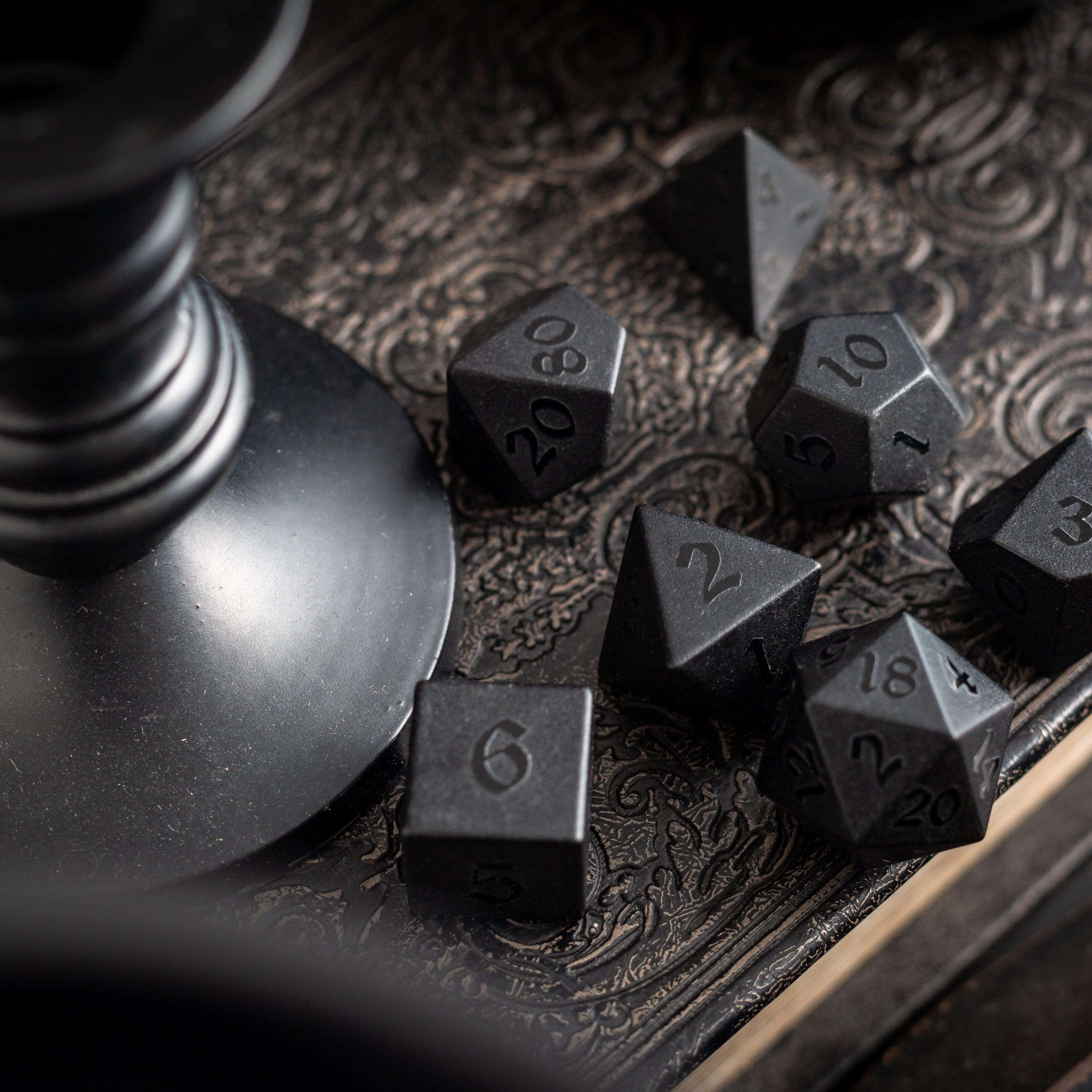
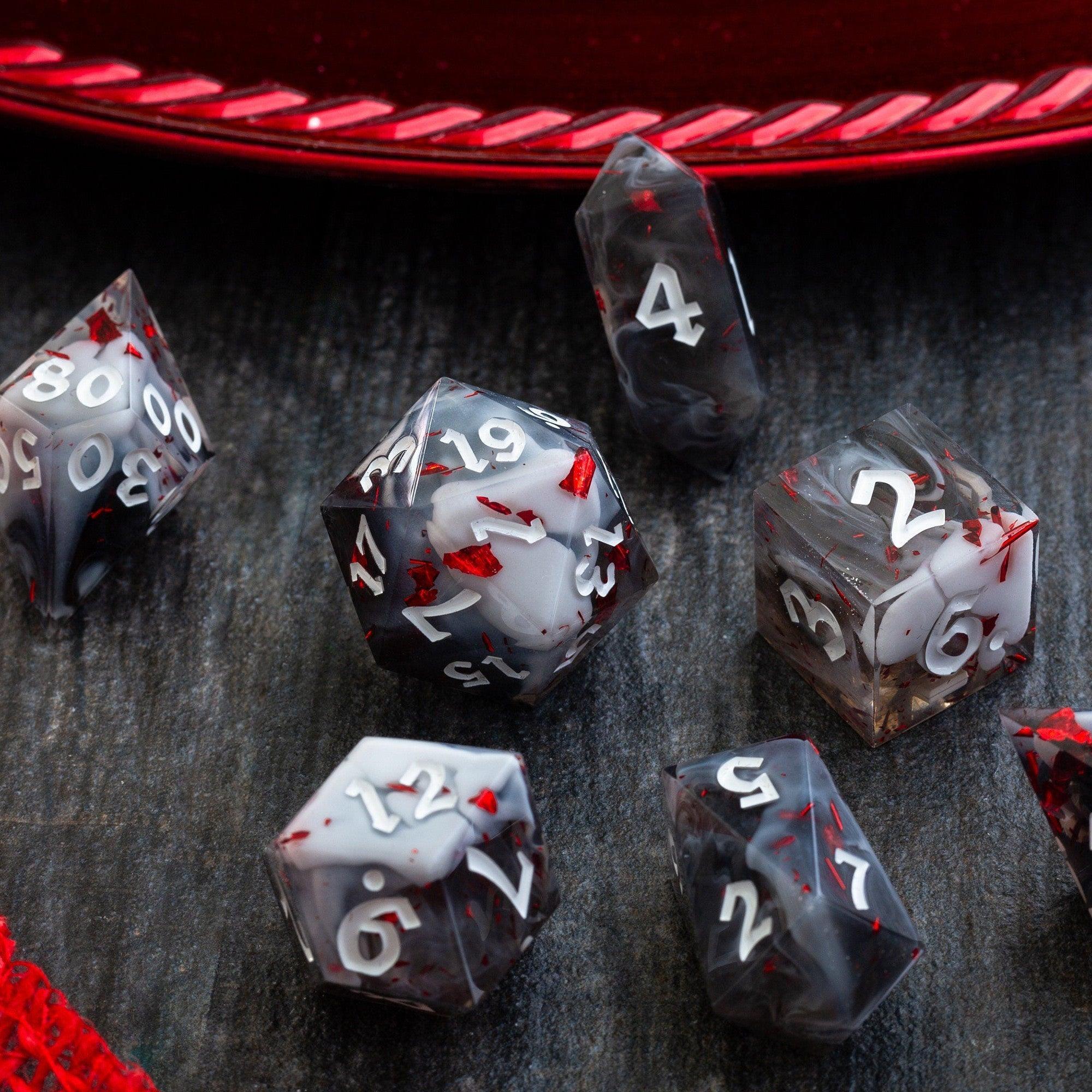
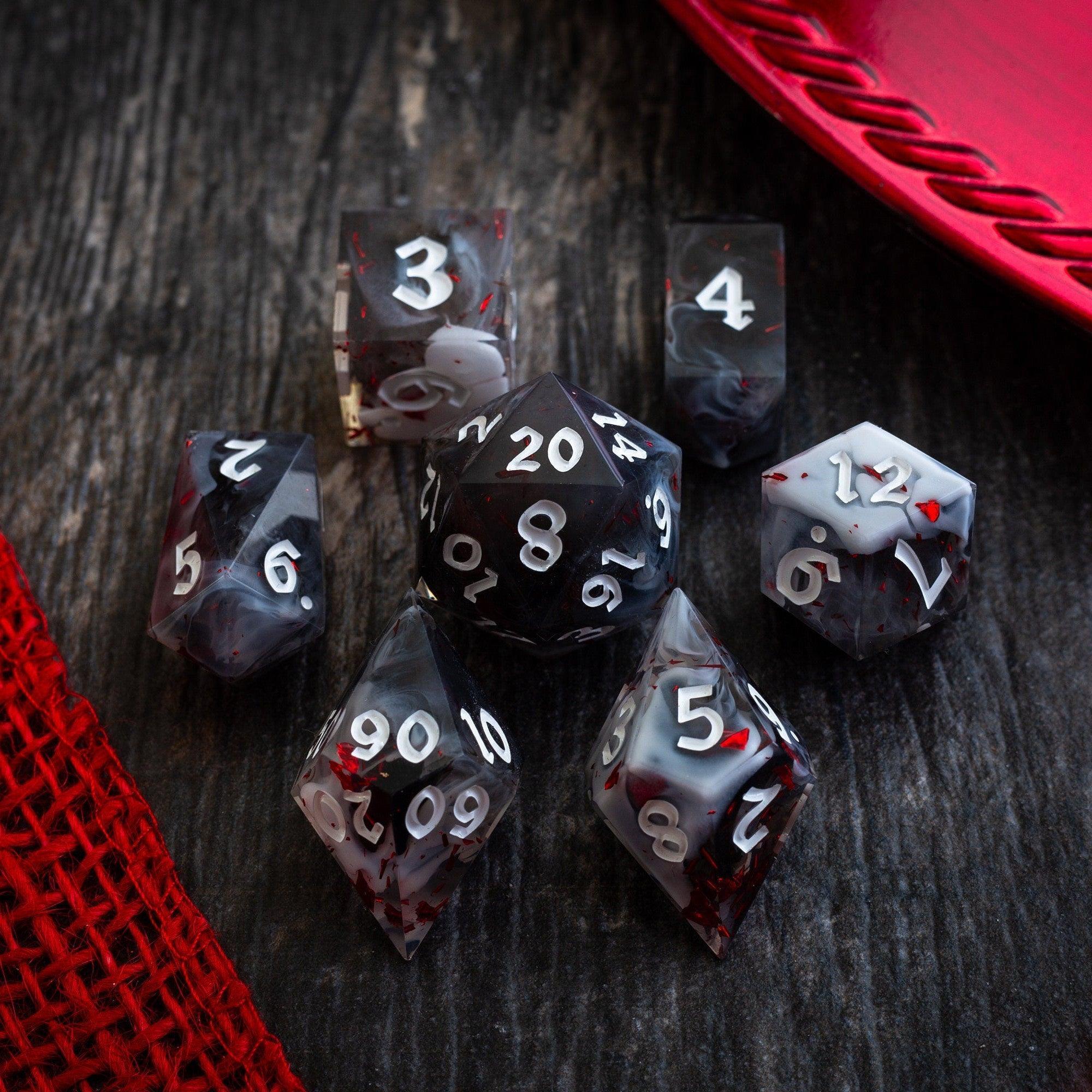

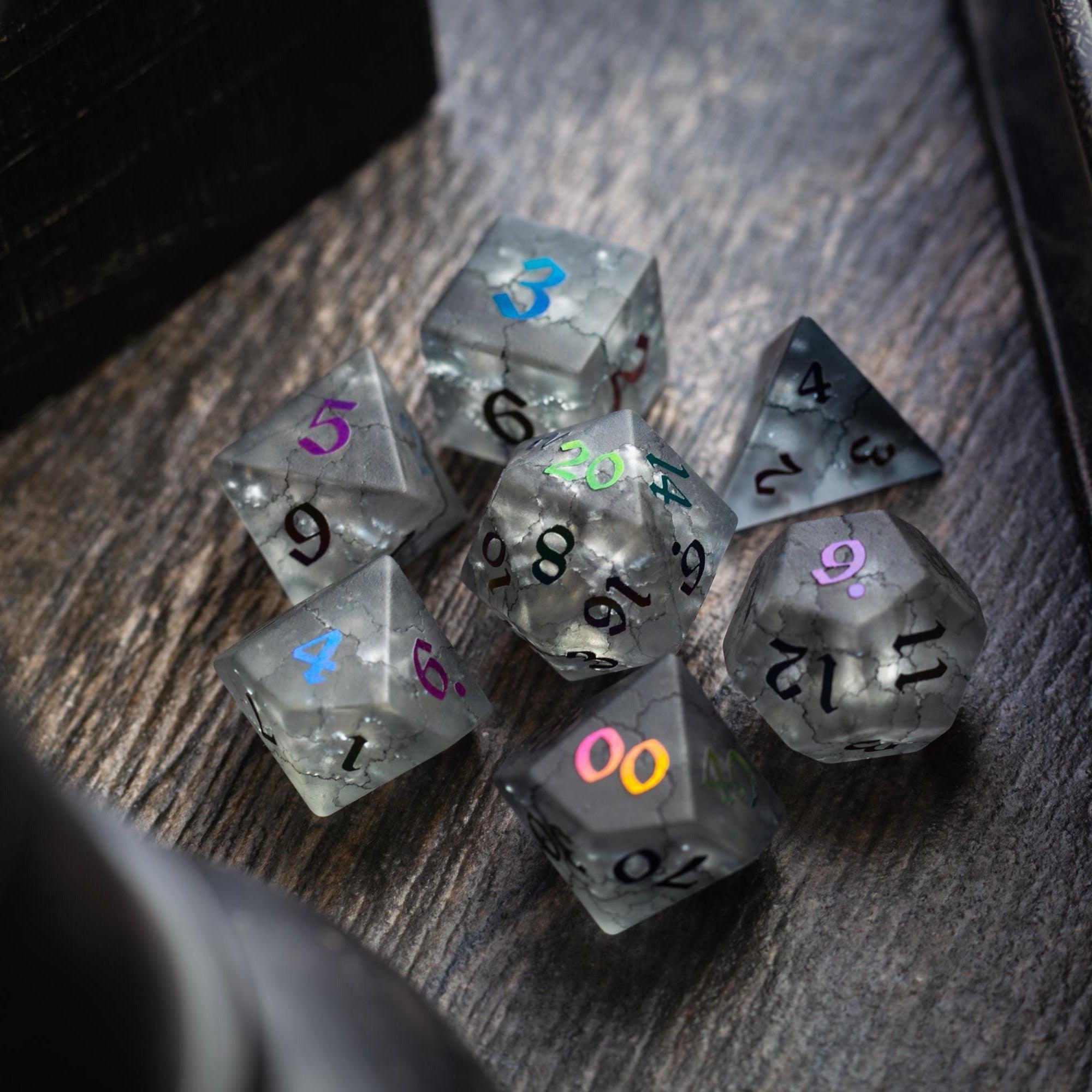
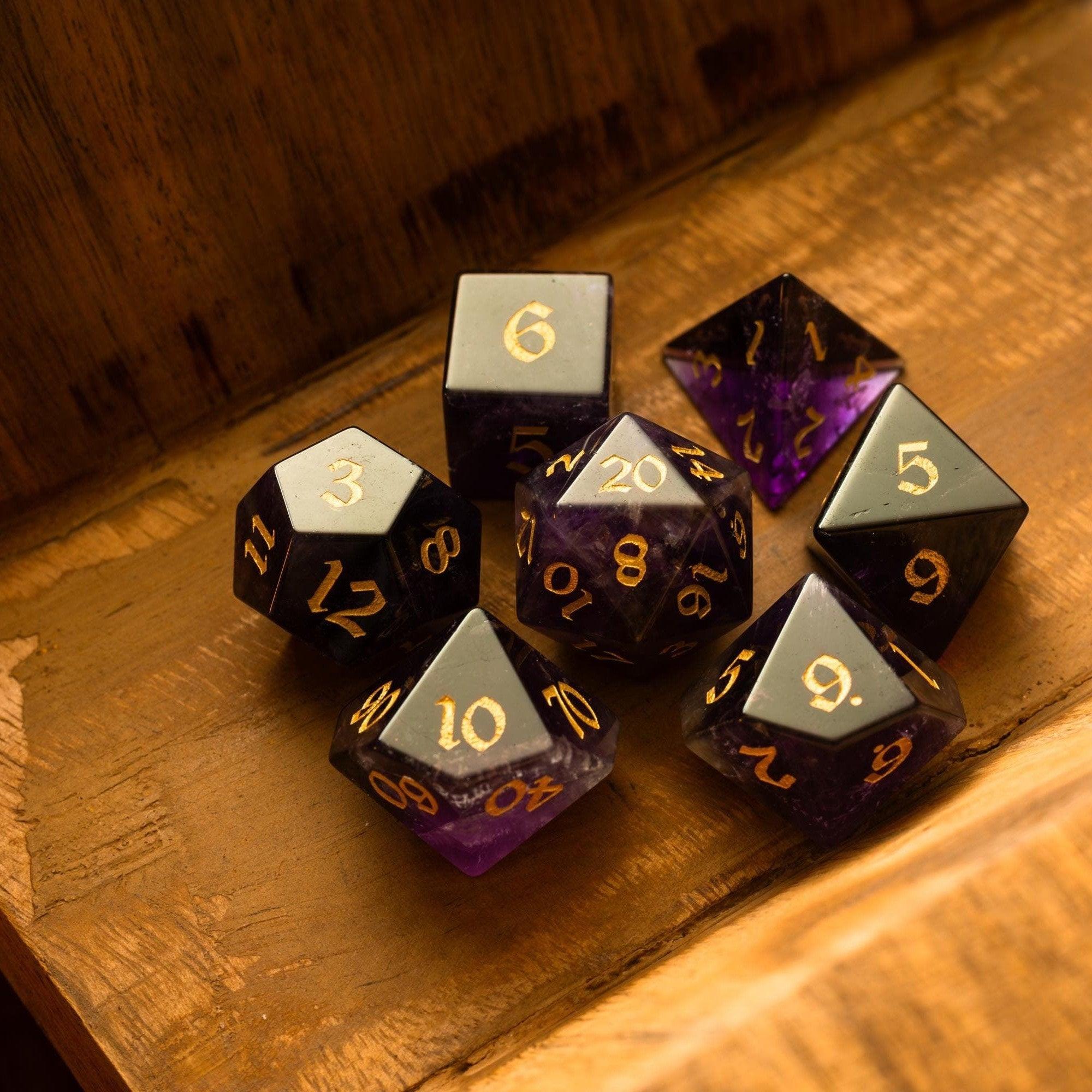
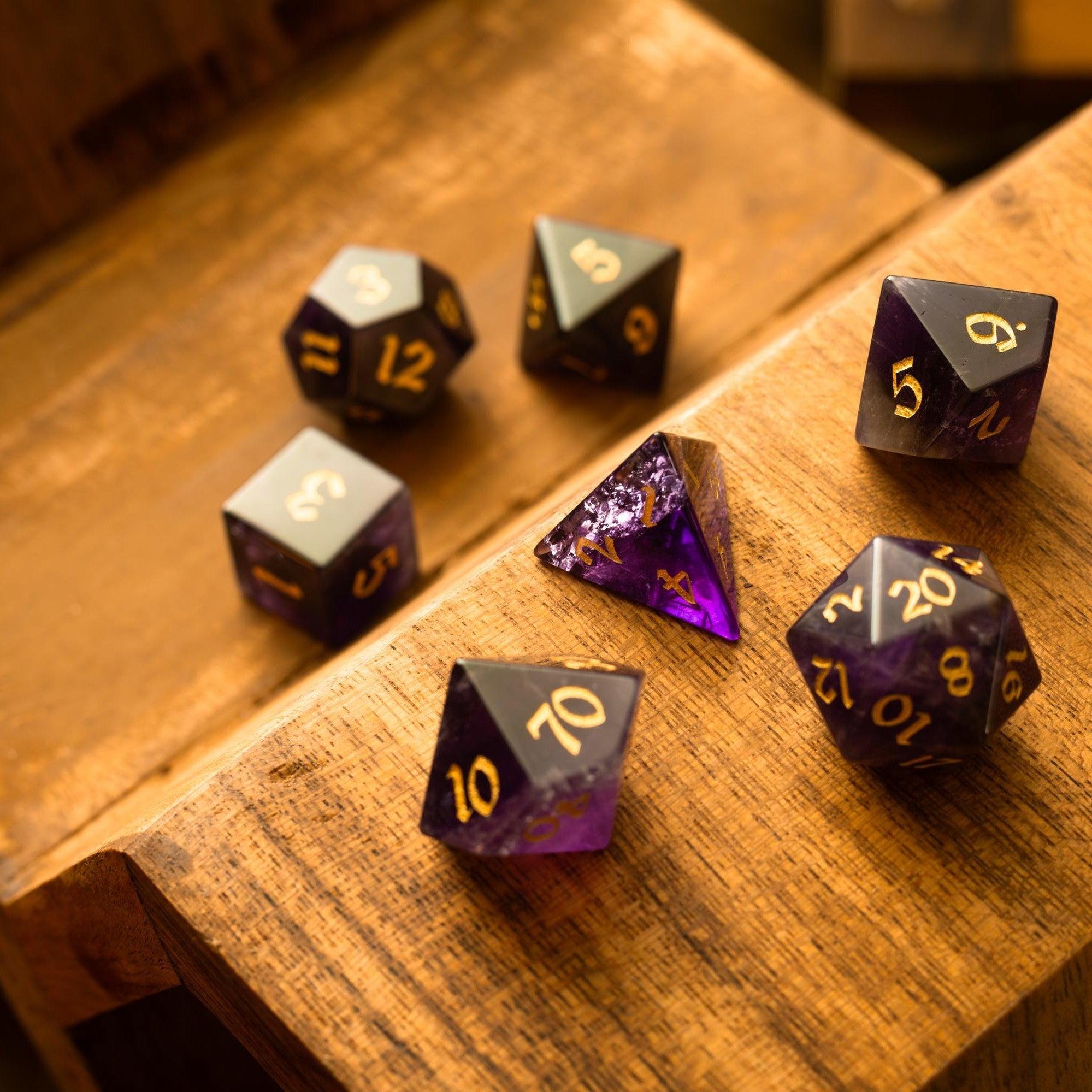
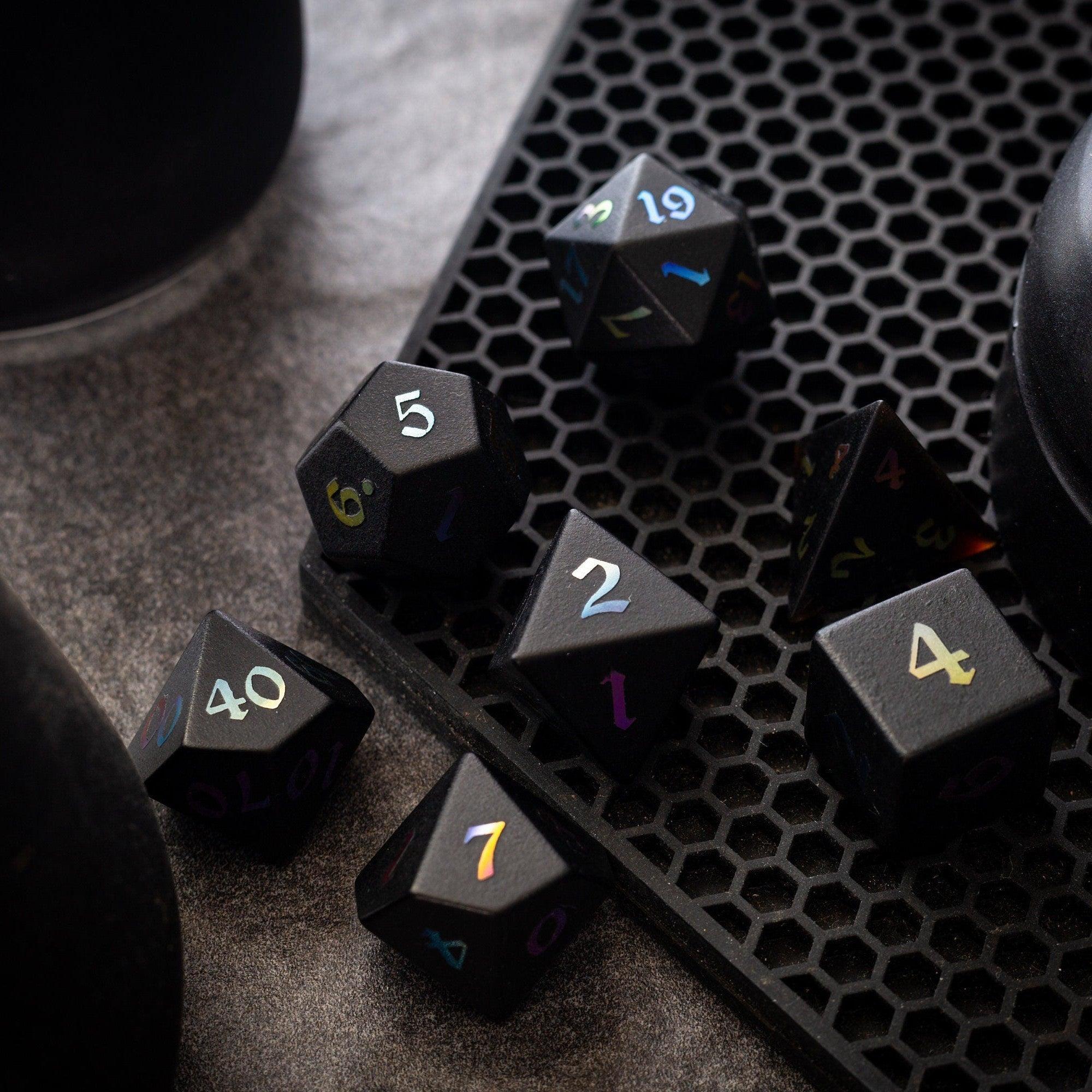
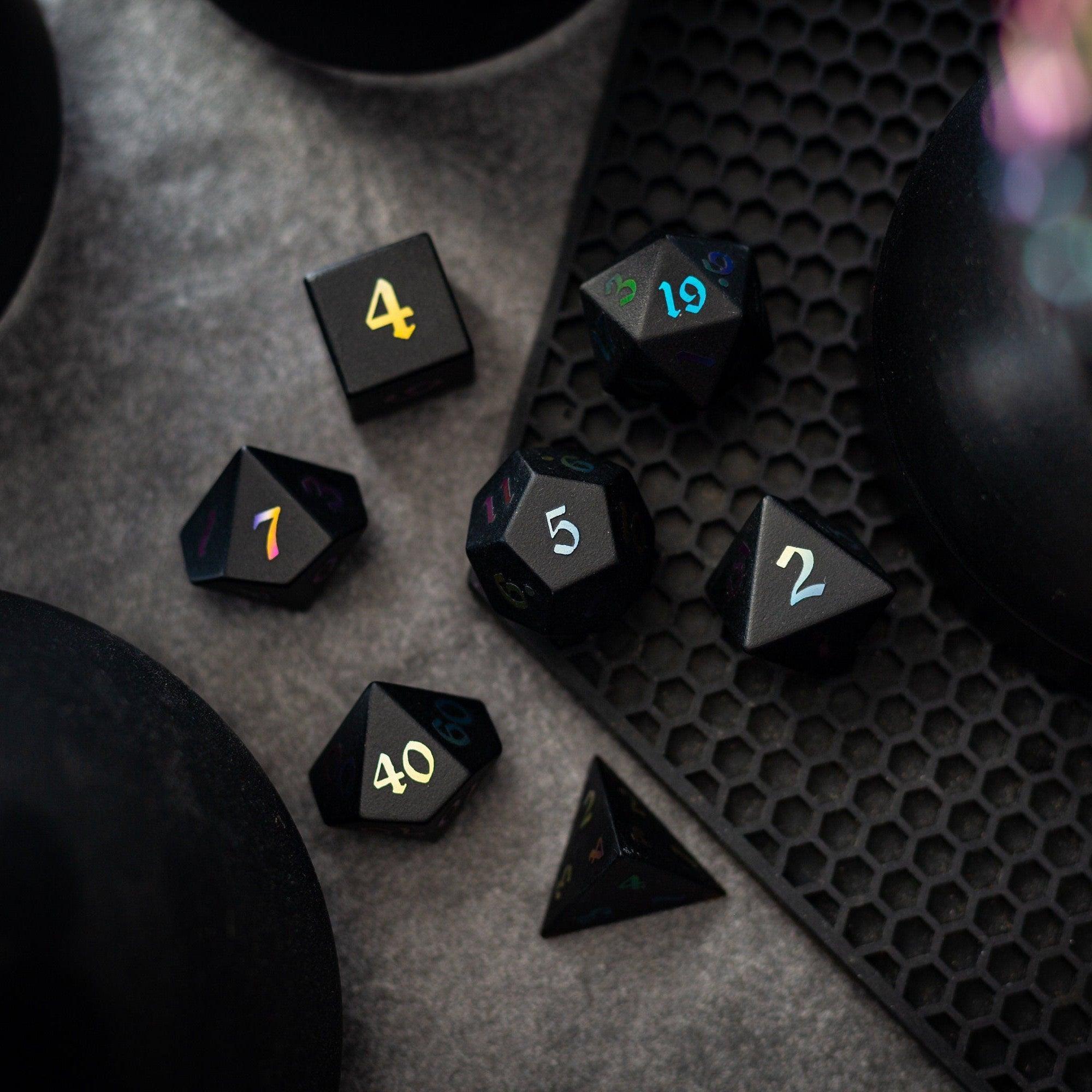
Leave a comment
This site is protected by hCaptcha and the hCaptcha Privacy Policy and Terms of Service apply.